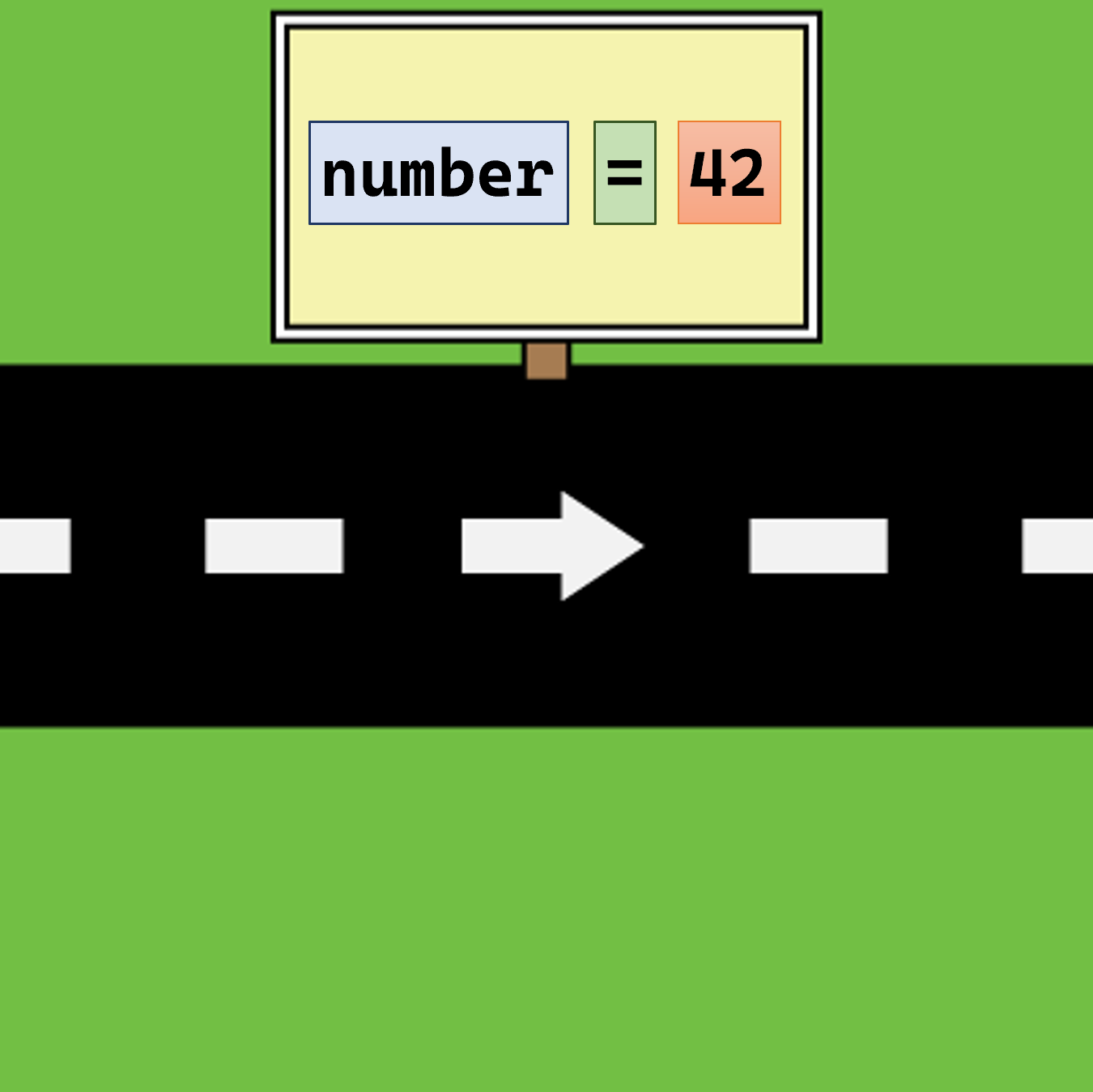Lesson 2
The Basic Elements
Chapter 1: Introduction
Introduction to Lesson 2
In this next three lessons, you will explore in more detail the “basic building blocks” introduced in Lesson 1, and how you can implement them in Python.
In Lesson 1, I did most of the talking and let you passively absorb knowledge.
From this lesson onwards, we will start doing things differently. You will get your hands dirty, and start writing programs in Python.
You will be applying your knowledge continuously by actively doing things yourself. This is the best way to learn programming. No amount of lectures can replace you trying things out yourself. Be curious, and do not worry about making mistakes. You are very very unlikely to blow up your computer at this stage, no matter what you do. If you have any doubt about something, try it out yourself and observe/understand the output!
I have designed each lesson to be made up of chapters. Each chapter will typically be introducing a specific short topic, and you will immediately be applying and trying things out.
I might often present you with some practical quizzes. Please try these quizzes as I have included many ‘gotcha’ trick questions in the quiz that I will not be explicitly teaching you.
In this lesson, you will focus on the ‘atoms’ that make up the first basic building block. You will look at the basic elements inside a simple statement in more detail.

After this lesson, you will hopefully be able to have a more concrete and detailed understanding of these basic elements. Some of these are specific to how Python implements the concepts. It is important that you really understand how these work in Python, to avoid any confusion in future lesson.
We can then focus on putting these components together into our building blocks, and actually apply them to try to develop algorithms and solve problems in future lessons.
But first, you will need to install and get Python up and running on your computer!
